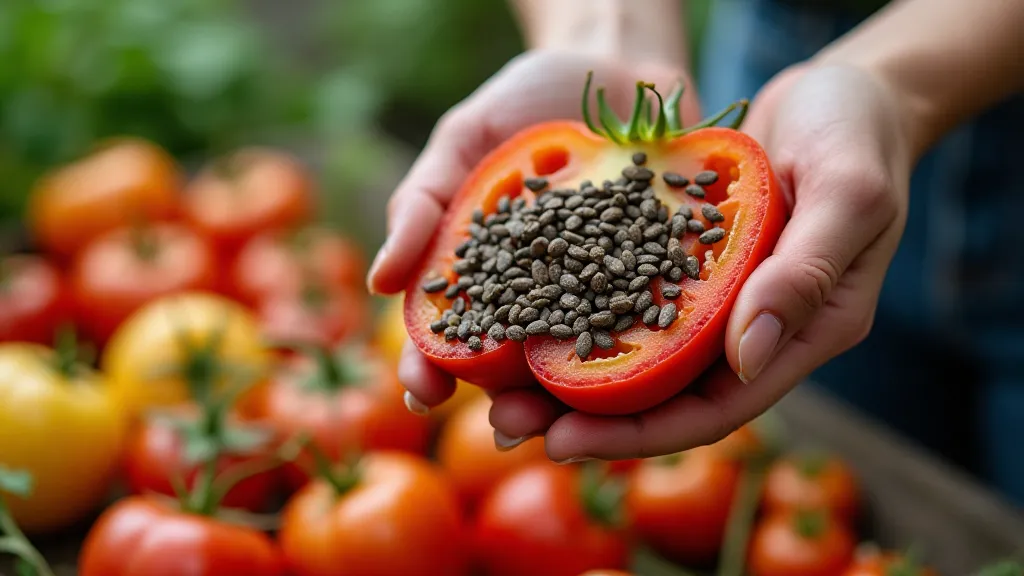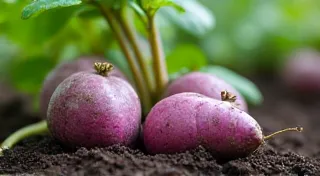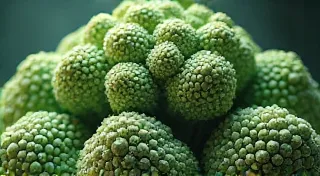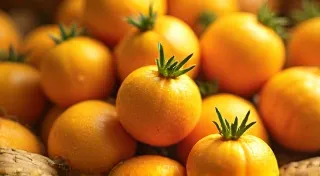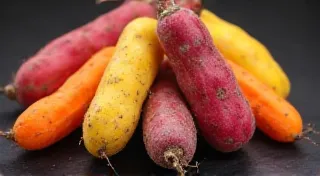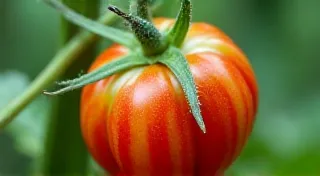The Cartographer's Garden: Mapping Taste and Texture in Unusual Varieties
There's a peculiar resonance between the soul of an antique accordion and the burgeoning potential of a forgotten heirloom vegetable. Both represent a dedication to craftsmanship, a celebration of unique forms, and a whisper of stories lost to time. I first understood this connection while restoring a 1928 Pierrot accordion, painstakingly replacing worn bellows and coaxing music from its keys. It wasn’t just repair; it was an act of rediscovery, a return to a moment of artistry. Similarly, when we venture beyond the familiar rows of supermarket produce, into the world of unusual vegetables, we’re engaging in a rediscovery – not just of flavor, but of a lost relationship with the land and the traditions that shaped it.
The standard vegetable garden, laid out in neat, predictable rows, is undeniably practical. But it lacks a certain poetry, a sense of invitation. Forget the familiar grid. Let's envision a garden as a living map, a topographical representation of flavor and texture, a landscape begging to be explored. We’re charting the landscape of the palate, utilizing shape, size, and texture to guide the gardener's exploration. Think of celeriac hills, pattypan squash valleys, and kohlrabi plateaus; a garden you *experience*, not just observe. It incorporates elements of permaculture and intuitive design, allowing the plants to express their natural tendencies while enriching the overall aesthetic.
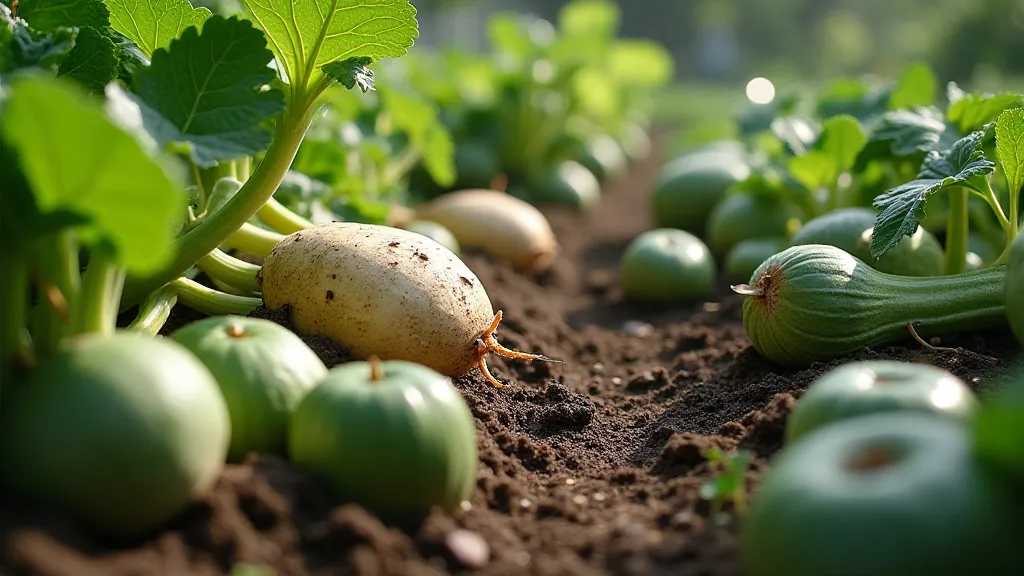
Beyond the Basics: Exploring Unusual Varieties
So, what constitutes an "unusual" vegetable? It’s a subjective measure, of course. A purple carrot might be commonplace in some regions but exotic in others. For the purposes of this exploration, we’re talking about varieties that offer something beyond the typical red, green, and yellow – both in flavor and appearance. Think Romanesco broccoli with its fractal geometry, painted eggplants in shades of lavender and green, or the strikingly striped Chioggia beet. The sheer range of color available is astonishing; exploring an heirloom vegetable color guide can be a delightful starting point for inspiration.
Consider the Celeriac (
The Art of Placement: Design Principles for a Living Map
Creating a cartographer’s garden isn't simply about planting unusual vegetables. It's about strategically placing them to maximize visual impact and functionality. Observe the natural contours of your land. Are there slopes, dips, or rises? Work *with* the land, not against it. Use the natural elevation changes to your advantage, creating hills and valleys that reflect the shape and growth habit of the vegetables.
Think about the size and texture of each plant. Tall, upright vegetables like amaranth or sunflowers can act as focal points, marking the highest points on your map. Trailing vegetables like runner beans or squash can spill over the edges of raised beds, softening the lines and creating a sense of abundance. Use contrasting textures – the smooth surface of a kohlrabi against the rough foliage of kale – to add visual interest. Consider color palettes, too. A vibrant mix of purple, orange, and yellow will create a joyful and dynamic landscape. And don't underestimate the impact of unusual foliage; plants like amaranth offer both striking color and architectural form.
Permaculture principles are inherently aligned with this approach. Companion planting, for example, can not only improve the health of your garden but also influence its design. Tall plants can provide shade for shorter ones, while sprawling plants can help to suppress weeds. Think about the flow of energy within the garden. Create pathways that wind through the landscape, encouraging exploration and discovery. Plant herbs and flowers amongst the vegetables to attract pollinators and beneficial insects. Remember to consider the entire lifecycle of your plants; some may offer beauty and usefulness even after harvest, providing support structures or enriching the soil.
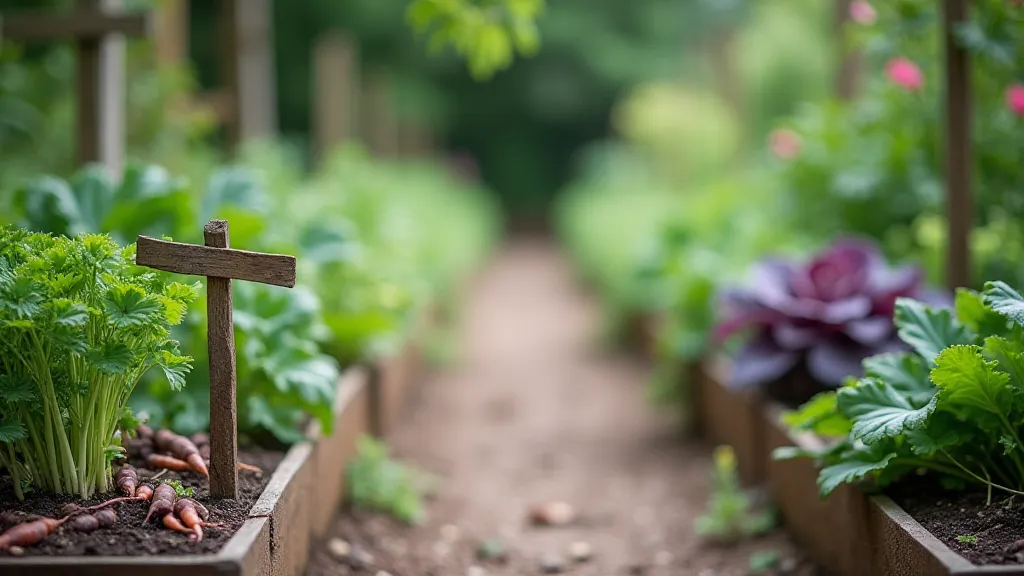
The Emotional Resonance: More Than Just Food
The act of gardening, especially when venturing beyond the familiar, is profoundly emotional. It’s a reconnection to the cycles of nature, a celebration of biodiversity, and a source of immense satisfaction. Just as restoring an antique accordion reveals the passion and skill of the craftsman, cultivating unusual vegetables reveals the richness and complexity of the natural world. There’s a certain pride in sharing these treasures with friends and family, introducing them to flavors and textures they’ve never experienced before. Imagine the delight on their faces when they taste a vegetable they’ve never encountered, expanding their culinary horizons and deepening their appreciation for the bounty of the earth.
Think about the stories embedded within these varieties. Many heirloom vegetables have been passed down through generations, preserving a connection to the past. Researching the history of these plants can add another layer of meaning to your garden. Imagine knowing that the purple carrots you're growing were first cultivated by monks in the Middle Ages, or that the painted eggplants were treasured by ancient civilizations. It’s a way of honoring the past while nourishing the future. Consider how the colors themselves can tell a story; the deep hues of a purple sweet potato, for instance, evoke a sense of history and mystery.
Preserving the Legacy: Sharing and Collecting
As with antique instruments, preservation plays a vital role in the continued existence of these unusual varieties. Seeds of heirloom vegetables are often harder to come by, making it even more important to save and share them. Learn the basics of seed saving and pass on the legacy to future generations. Consider joining a local seed exchange or contributing to a seed bank. Proper storage and labeling are critical for maintaining the viability of these precious seeds, ensuring that they remain a source of future harvests.
The act of collecting can also be incredibly rewarding. Start a collection of rare or unusual varieties and document their characteristics and history. Share your findings with other gardeners and contribute to the collective knowledge base. Just as a curator preserves and showcases a collection of antique accordions, a gardener can curate a living collection of extraordinary vegetables, enriching the world with beauty and flavor. The cartographer’s garden is ultimately about exploration – a mapping not just of the land, but of the human connection to the earth and its bounty. It's about more than just growing food; it's about cultivating a sense of wonder, a deep appreciation for the natural world, and a commitment to preserving its incredible diversity for generations to come. Consider the long-term impact of your choices, both on the environment and on the cultural heritage of food.
